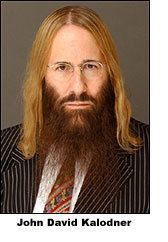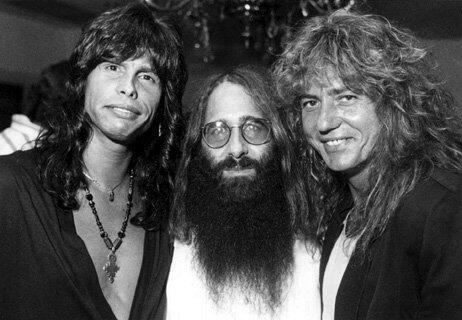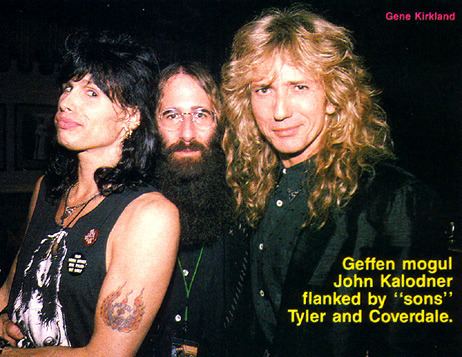Name John Kalodner Role Record Producer | ||
 | ||
Similar Geoff Downes, John Wetton, Carl Palmer, Cyndi Lauper, Toyah Willcox | ||
Record labels founded Portrait Records | ||
John kalodner on music and the digital age
John David Kalodner is a retired American A&R (artists and repertoire) executive.
Contents
- John kalodner on music and the digital age
- John kalodner on having a job in a r
- History
- In other media
- References

John kalodner on having a job in a r
History

John Kalodner was born in Philadelphia, Pennsylvania and was a writer and photographer at Concert magazine. He went on to be a photographer for various record labels by 1972, as well as being a freelance music writer and photographer for the Philadelphia Inquirer. He wanted to be, and worked to be, in the record industry, and was first noticed and hired as a publicist in 1974 by Atlantic Records executive Earl McGrath. His initial role at Atlantic was as a writer and photographer, while he continued to review concerts on the weekend for the Philadelphia Inquirer, commuting from New York.

Kalodner was headhunted as the first A&R executive for David Geffen's new label Geffen Records in 1980, where he worked with Asia, White Zombie, Madness, XTC, Whitesnake, Wang Chung, Nelson and Aerosmith. He brought Jimmy Page and Sammy Hagar success as solo artists, and was responsible for the musical collaboration Coverdale•Page.

His achievements included signing Peter Gabriel and Phil Collins to Atlantic Records in the 1970s. Contradicting claims that Kalodner signed AC/DC and Foreigner, fellow Atlantic executives Phil Carson and Jerry Greenberg have asserted in interviews that they, and not Kalodner, signed those artists (Carson signing AC/DC and Greenberg signing Foreigner). However, Mick Jones laid this theory to rest himself, telling a recent interviewer that John indeed did sign Foreigner.
Kalodner also placed songs on soundtracks of such films as Top Gun and Footloose. Kalodner followed Aerosmith to Columbia in the 1990s, where he also worked with Cher, Santana, Journey, Manowar, Chicago, Heart, Iron Maiden, Joe Satriani, Steve Vai, Ted Nugent, REO Speedwagon, Mars Electric, and the Black Crowes, among others.
Kalodner considered that the best example of his contribution to an artist's success was his role in Aerosmith's 1993 Get a Grip album, for the reasons that "...first of all, I made them rerecord the whole record completely. Second of all, I made them write with all these different people. They were very resistant. The record is an interesting eclectic record with, like, five hit singles, very rare in music, and Bruce Fairbairn produced it. And I got Brendan O'Brien to mix it, who became a giant producer. So for all those reasons, and, of course, it sold like 20 million copies worldwide."
Kalodner's unique role was underlined by the fact that he is usually credited on albums for simply being himself. The phrase "John Kalodner: John Kalodner" originated with Foreigner's 1978 Double Vision album, when the album's producer, Keith Olsen, was wondering just how to credit Kalodner's involvement with the band and the album. In keeping with the double vision theme, Foreigner guitarist Mick Jones came up with idea of doubling Kalodner's name.
Kalodner retired from the music business in 2006. Until late 2005, he had been the senior vice-president of A&R at Sanctuary Records Group. He subsequently sold most of his statue and certificate awards to a collector, donating the proceeds to the City of Hope cancer research centre. In 2014, he was inducted into the Rock Radio Hall of Fame, in the "Visionary" category.
